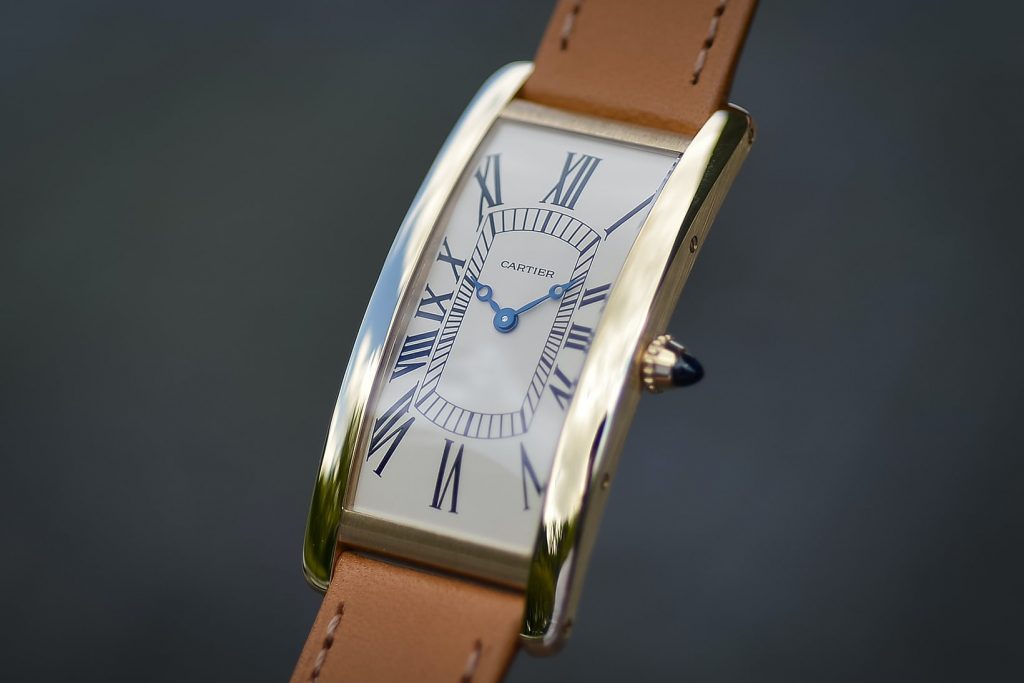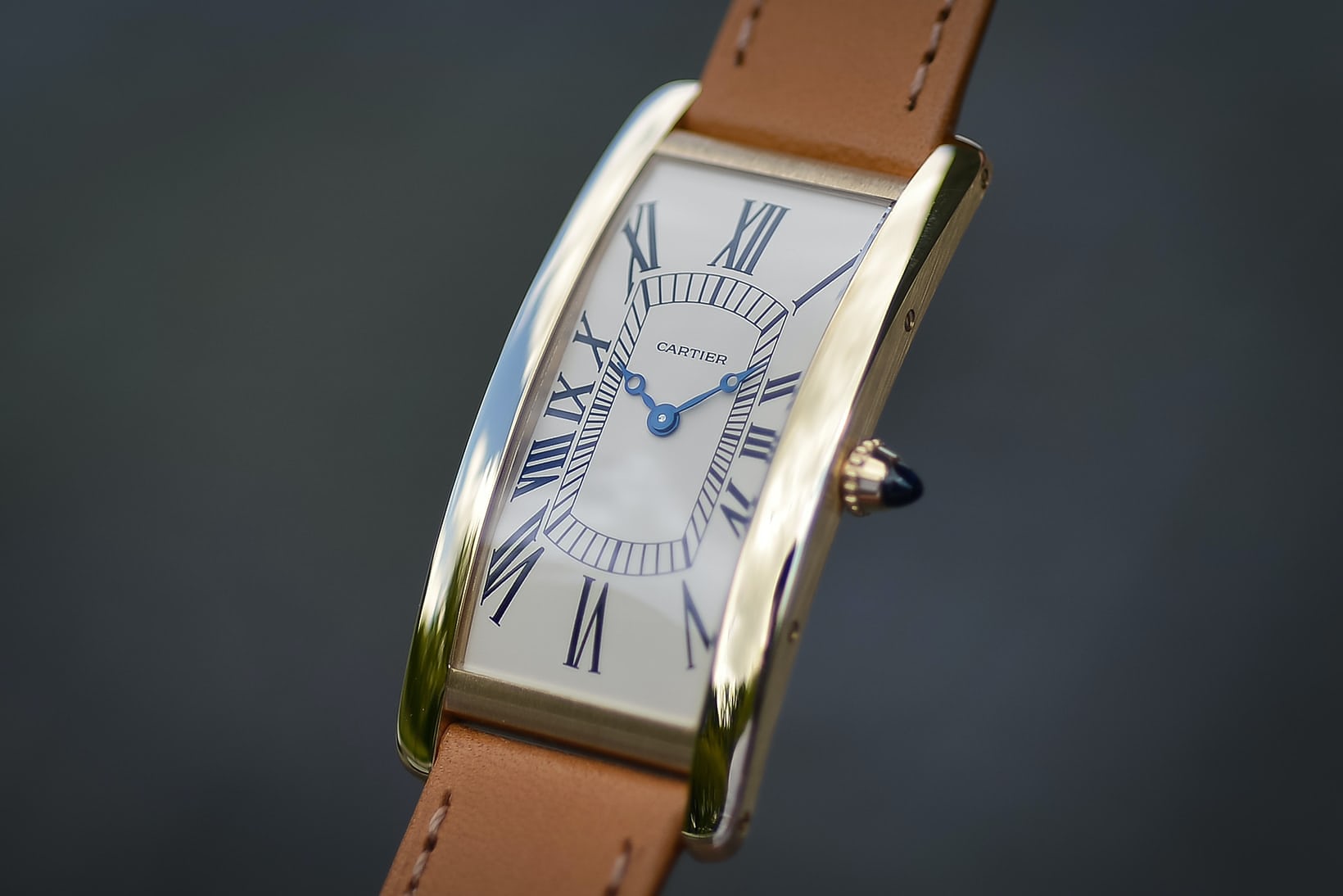The luxury fake Cartier Tank has changed very little in the century since it debuted, and now, as in 1919, it’s one of the most effortlessly perfect fake watches uk ever designed. Its inspiration, however, was one of the most frightening war machines ever devised by bloodthirsty human ingenuity.
The military tank debuted at the Battle of the Somme, in 1916, and by the end of the war, it had become a potent symbol of modern, mechanized warfare – as unlikely a forebear of beauty and grace as ever left its track in the shell-churned mud of a protesting earth.
The first and last time I ever sat inside an actual tank was at Gettysburg, during a Fourth of July celebration, in 1972. The high quality fake Cartier Tank (an M60 “Patton”) was an enormous thing, terrifying even in repose, with its massive cannon projecting from the bulbous turret like the rigid snout of an enraged bull elephant, and just as full of menace.

To this day, I’m not sure exactly why the National Guard was letting kids climb in and out of a fully functional tank. It seems like, prima facie, a terrible idea. (Although, in those days playgrounds were floored with asphalt, smoking was ubiquitous, and seatbelts were an afterthought. It was a different time.) I manage to somehow clamber up on the hull, and get inside.
Sitting in the driver’s seat was a rush – the thought of all that sheer force at your fingertips was catnip to a ten-year-old’s imagination. Not expecting anything to happen – hey, it’s not like they’d leave the keys in the ignition, right? – I idly flipped one of the switches in front of me.
Immediately, fans began whirring – I must have turned on the ventilation system. I’d like to say that the next thing that happened was a gleeful, destructive but harmless rampage across a Civil War battlefield, with Yakety Sax on the soundtrack, but I actually scared myself so badly that I shut the switch off, and got out of the armored belly of the beast as fast as my shaking legs could take me.
The tank, in other words, makes an impression. During the First World War, when they lumbered onto the battlefield for the first time, they were even more of a shock, to friend and foe alike. The first tanks fought on the British side at the Somme, in, 1916, and a signal corps officer named Bert Chaney would later recall:
“We heard strange throbbing noises, and lumbering slowly towards us came three huge mechanical monsters such as we had never seen before. My first impression was that they looked ready to topple on their noses, but their tails and the two little wheels at the back held them down and kept them level. Big metal things they were, with two sets of caterpillar wheels that went right round the body … “
To the Allied troops, the tanks were a godsend. To the Germans, they were a demoralizing horror. At the Somme, one soldier’s said to have cried out, “The devil is coming!”
Swiss movements Cartier Tank copy watches were almost exclusively used by the Allies. By the end of the war, Germany had managed to produce just 20. The Allies made them in the thousands. The French alone built over 3,600 Renault FT tanks, and every French citizen knew what they looked like at a glance – including a humble military driver named Louis Cartier.

